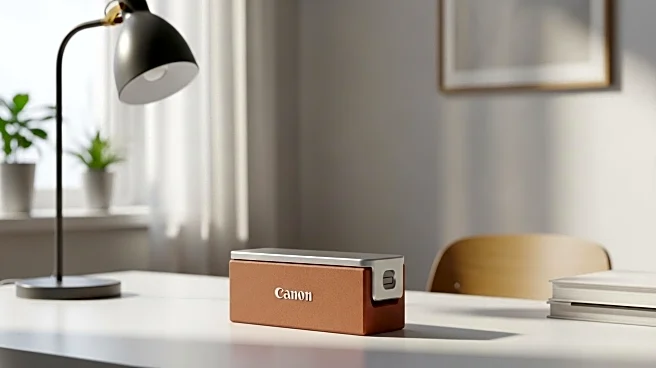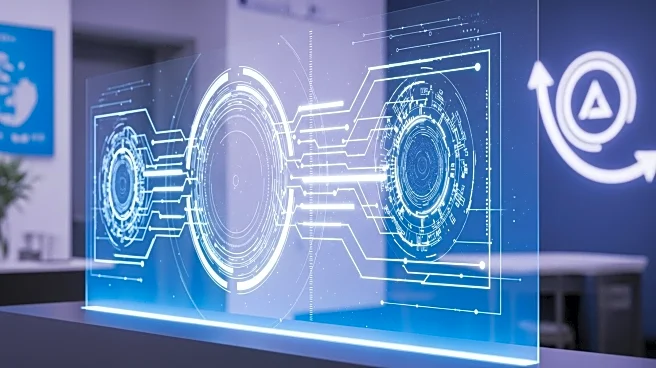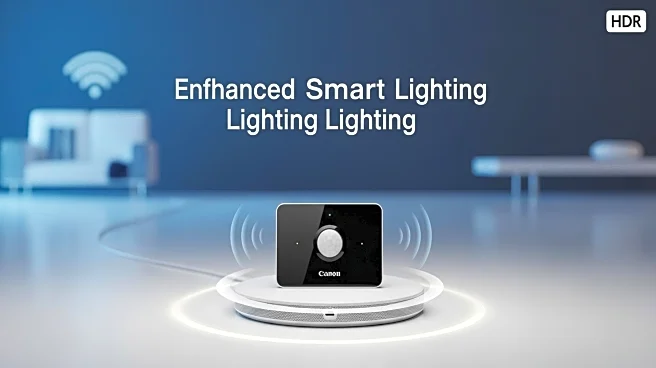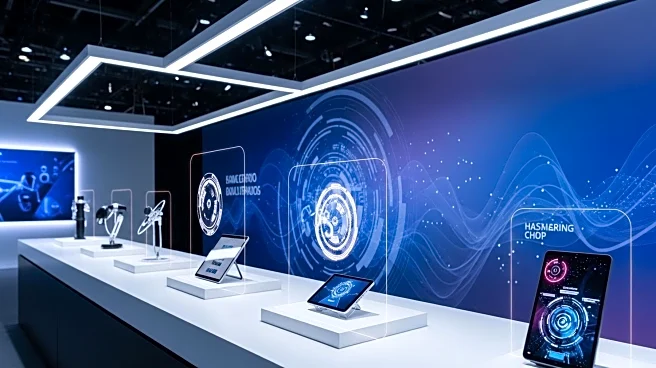What's Happening?
The Brick app is gaining attention as a tool for digital detox, helping users reduce screen time by temporarily transforming smartphones into 'dumbphones.' The app works by making certain apps inaccessible until the user touches their phone to a small plastic device called Brick. This approach has proven effective for individuals seeking to limit their phone usage, with reports of significant reductions in screen time. The app targets social media and other distracting applications, allowing users to focus on essential functions like calls and messages. Despite its simplicity, Brick has become a valuable productivity tool for those struggling with phone addiction.
Why It's Important?
The Brick app addresses a growing concern about excessive smartphone usage and its impact on mental health and productivity. By offering a straightforward solution to limit screen time, the app caters to individuals seeking to regain control over their digital habits. The rise of digital detox tools reflects a broader societal shift towards prioritizing mental well-being and reducing dependency on technology. As more people become aware of the negative effects of constant connectivity, solutions like Brick offer a practical way to balance digital engagement with real-world interactions. The app's success highlights the demand for innovative approaches to managing screen time in an increasingly digital world.
What's Next?
The popularity of the Brick app may encourage further development of digital detox tools, with companies exploring new ways to help users manage their screen time. As awareness of the importance of digital well-being grows, tech companies might integrate similar features into their devices, offering users more control over their digital habits. The trend could also lead to increased collaboration between tech firms and mental health organizations, promoting the benefits of digital detox and encouraging healthier technology use. Users interested in reducing screen time may explore additional strategies, such as setting app limits or engaging in offline activities to complement the app's functionality.
Beyond the Headlines
The emergence of digital detox tools like Brick raises questions about the long-term implications of technology dependency and the need for self-regulation. As individuals seek to balance digital engagement with real-world experiences, the role of technology in daily life may be redefined. The app's success also highlights the potential for simple solutions to address complex behavioral issues, encouraging innovation in the tech industry. Additionally, the trend towards digital detox reflects broader cultural shifts, where consumers prioritize mental health and well-being over constant connectivity. The economic aspect of digital detox tools, as a growing market, underscores the changing priorities of consumers who value experiences and self-care.











